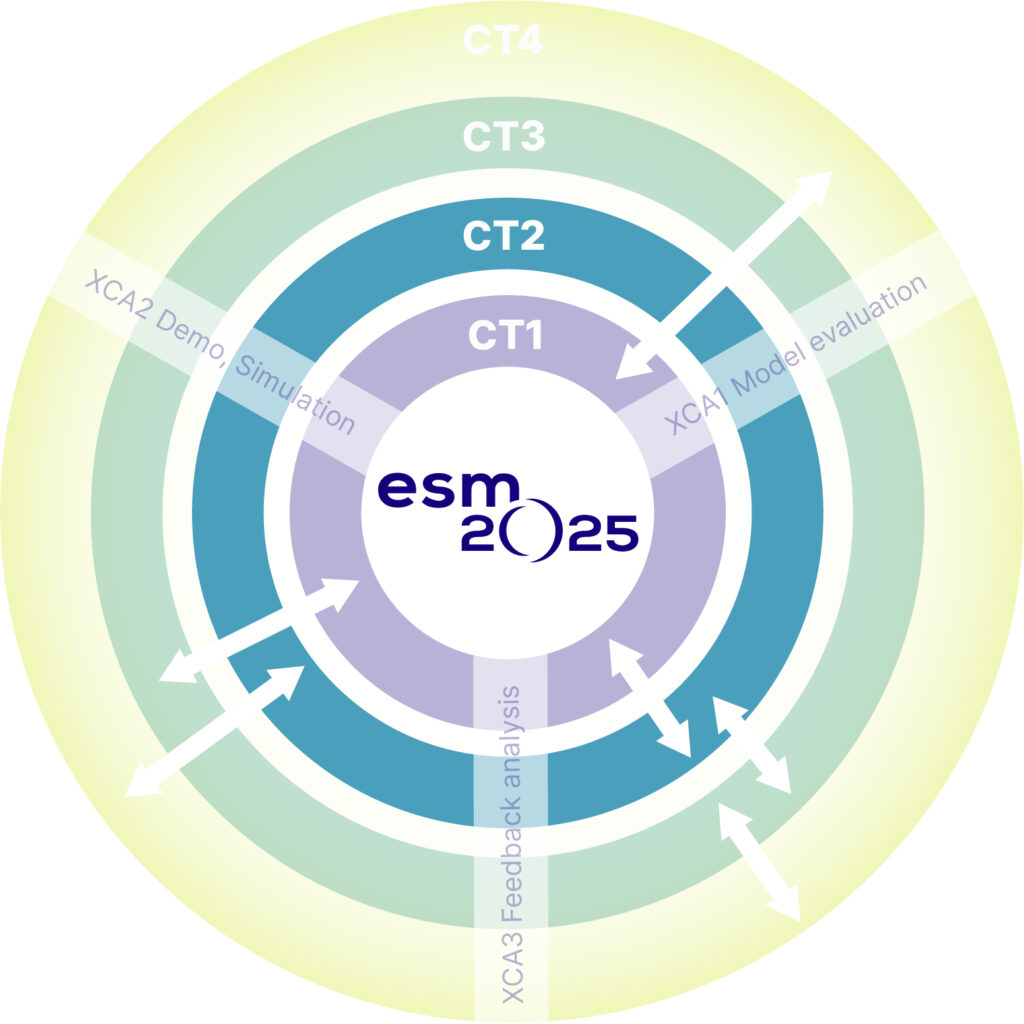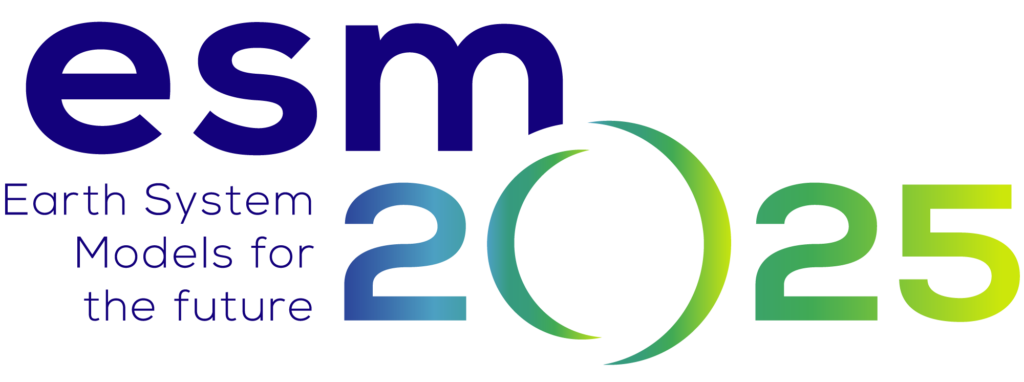Core Theme 2 - Enabling and exploring new couplings between Earth system components
This core theme (CT) consists of eight workpages: WP4/5 – Coupled CH4 cycle, WP6/7 – Coupled Nitrogen cycle and WP8/9 – Coupled dynamical ice sheets. It aims to improve how different parts of climate models are coupled together to help them perform more realistically. This means our models will be able to properly assess how interactions between the land, ocean and atmosphere affect how the climate changes in the future.
This really exciting core theme will enable brand new possibilities for our climate models to answer important questions. For example, if we want to plan how to reduce our greenhouse-gas emissions to meet climate goals, then we need to know how things like forests, permafrost and wetlands will change. We know that wetlands may produce more methane (CH4) in future, but we are not yet able of modelling how this affects the atmosphere and the climate. We also know that nutrients, like nitrogen, run off the land into the oceans, but we do not know how this affects marine ecosystems. CT2 also looks at how ice-sheets may respond to climate change. If the huge areas of ice in Greenland and Antarctica melt then these affect global sea levels and may disrupt ocean circulation. All these effects are vital to be able to include in our models.

Improving processes realism in ESMs
WP1: Atmosphere processes
WP2: Land processes
WP3: Ocean, marine biogeochemistry and cryosphere processes
Enabling and exploring new couplings between Earth system components
WP5+WP5: Coupled CH4 cycle
WP6+WP7: Coupled Nitrogen cycle
WP8+WP9: Coupled Dynamical Ice sheets
Connecting with IAMs
WP10: Improving IAM-ESM land use representation
WP11+WP12: Improving reduced complexity climate-carbon cycle models
WP13: Assesment of robust climate mitigation options
Outreach, knowledge exchange and project management
WP14: Operationalisation of the Paris Agreement: Bringing policy and science together and sharing knoledge with the public
WP15: Education and vocational training
WP16: Project and data
WP17: Ethics requirements
Cross-cutting activity 2 - Coordinated and demonstration simulations
Cross-cutting activity 1 - Model evaluation
CT2 Leaders

Tatiana Ilyina
I have been involved in a number of international professional activities, contributed to the IPCC's 5th and 6th Assessment Reports, and I co-chair the Working Group on Coupled Modelling (WGCM) of the World Climate Research Programme (WCRP).
In ESM2025, I coordinate work in CT2 and am excited about the novel science coming out of this project.
Chris Jones
I have been a lead author on both IPCC’s 5th and 6th Assessment Reports, and I lead a joint project between UK and Brazil focusing on climate modelling, ecosystem resilience and climate impacts in Brazil.
In ESM2025, I planned and coordinate work in CT2.
Work Package 4/5
WP4/5 will build on developments and progress in the individual components of the models (WPs 1, 2 and 3). Our main objective is to extend the capabilities of ESMs by developing and implementing an interactive methane cycle in the ESMs.
Work Package 6/7
WP6/7 will enable a coupled simulation of reactive nitrogen and the greenhouse gas N2O in advanced climate models (Earth system models). This is important for planning a sustainable future and to manage the nitrogen and carbon cycles optimally as far as possible.
Work Package 8/9
WP8/9 will allow new ESM capabilities by 1) coupling physical processes at the ice sheet surface with the atmosphere; 2) coupling physical processes at floating ice shelves with the ocean; 3) allowing the shape and size of the ice sheets in the climate models to change.

